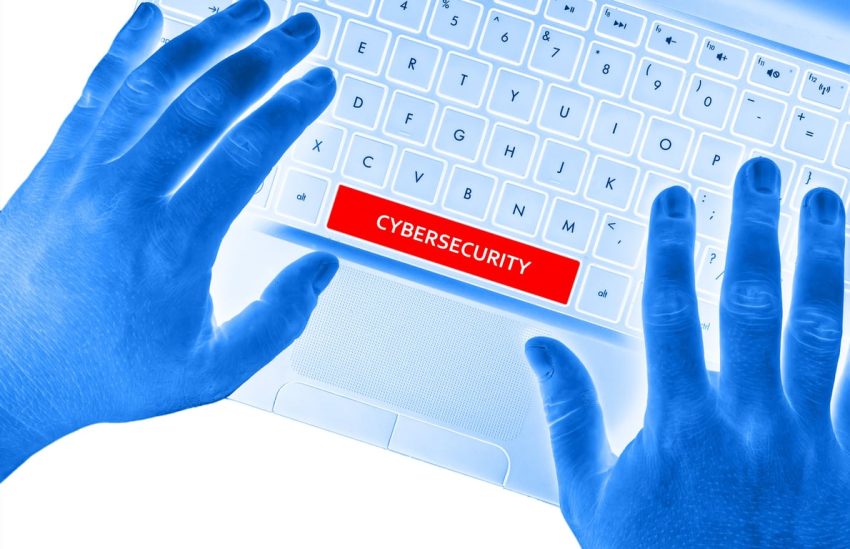Understanding the Growing Cyber Threat
The threat of cyberattacks targeting American infrastructure is becoming increasingly significant as tensions in the Middle East continue to rise. Experts are warning that countries like Iran may turn to cyber warfare if traditional resources become scarce. This potential shift in tactics highlights the need for individuals and organizations to take proactive steps to protect themselves.
Preparing for Digital Fallout
Cybersecurity experts are urging Americans to prepare for possible cyber threats, especially considering the recent statements from Iranian officials about the possibility of “all-out war” if the U.S. intervenes in the region. The implications of such actions could be far-reaching, affecting everything from everyday citizens to critical infrastructure.
Here are seven essential actions to take now to protect your household and finances from digital fallout:
1. Review Your Home’s Digital Footprint
Smart devices such as thermostats, cameras, and connected appliances can enhance convenience but also increase vulnerability. It’s important to change default passwords on these devices, keep their firmware updated, and consider setting up a separate guest network for them to minimize risks.
2. Back Up Critical Files Offline
In the event of a cyberattack, you could lose access to your files or systems. Regularly backing up important data to an external hard drive or a secure cloud service ensures that you won’t be stranded if your device is compromised.
3. Install Reputable Antivirus and Ad-Blocking Tools
Malicious ads and infected websites are common methods used by attackers to introduce malware onto your devices. Tools like SurfShark (CleanWeb) can help block harmful content before it reaches you, while also securing your browsing with VPN protection.
4. Watch for Phishing Emails and Fake Alerts
Phishing tactics have been used by Iranian-backed actors to target both institutions and individuals. Be cautious of unsolicited emails, messages with urgent requests, or anything asking you to click a link or download a file. When in doubt, verify directly with the source.
5. Enable Two-Factor Authentication (2FA)
Adding a second verification step, like a text code or app notification, can stop intruders even if they get your password. According to cybersecurity experts, 2FA remains one of the simplest and most effective defenses against unauthorized access.
6. Keep All Software Up to Date
Software companies regularly patch security flaws, but those updates only work if you install them. It’s considered a good practice to have your operating system, browser, and apps update automatically, and don’t ignore those alerts to reboot or download the latest version.
7. Use Strong, Unique Passwords for Every Account
Reusing the same password across multiple sites puts you at serious risk. If one platform is breached, attackers can easily access your other accounts. Consider using a password manager to securely generate and store unique logins for each site.
The Reality of Cyber Threats
Iran’s cyber threat is far from theoretical. Over the past decade, there have been multiple confirmed incidents, including attacks on major U.S. banks and an attempted breach at Boston Children’s Hospital. FBI Director Christopher Wray emphasized the importance of quick action, as the agency intervened to stop the hospital attack after receiving a tip.
Theresa Payton highlighted that Iran has a track record of using digital attacks to make political statements and create chaos. With tensions rising and U.S. infrastructure as a potential target, taking precautions now could prevent disruptions later.
Financial Solutions for the Modern Era
Banking has evolved, and so should your approach to managing your money. Traditional brick-and-mortar banks often charge fees for checking accounts and offer low interest rates on savings. A better alternative is to consider high-interest bank accounts that provide better returns.
For example, SoFi offers a combination checking-and-savings account. If you set up direct deposit, you’ll currently earn a 3.8% annual percentage rate, which is significantly higher than the national average. Additionally, if you direct-deposit $5,000 or more within the first 25 days, you’ll receive a $300 bonus. Even smaller deposits can yield rewards, making it a compelling option for those looking to maximize their savings.
